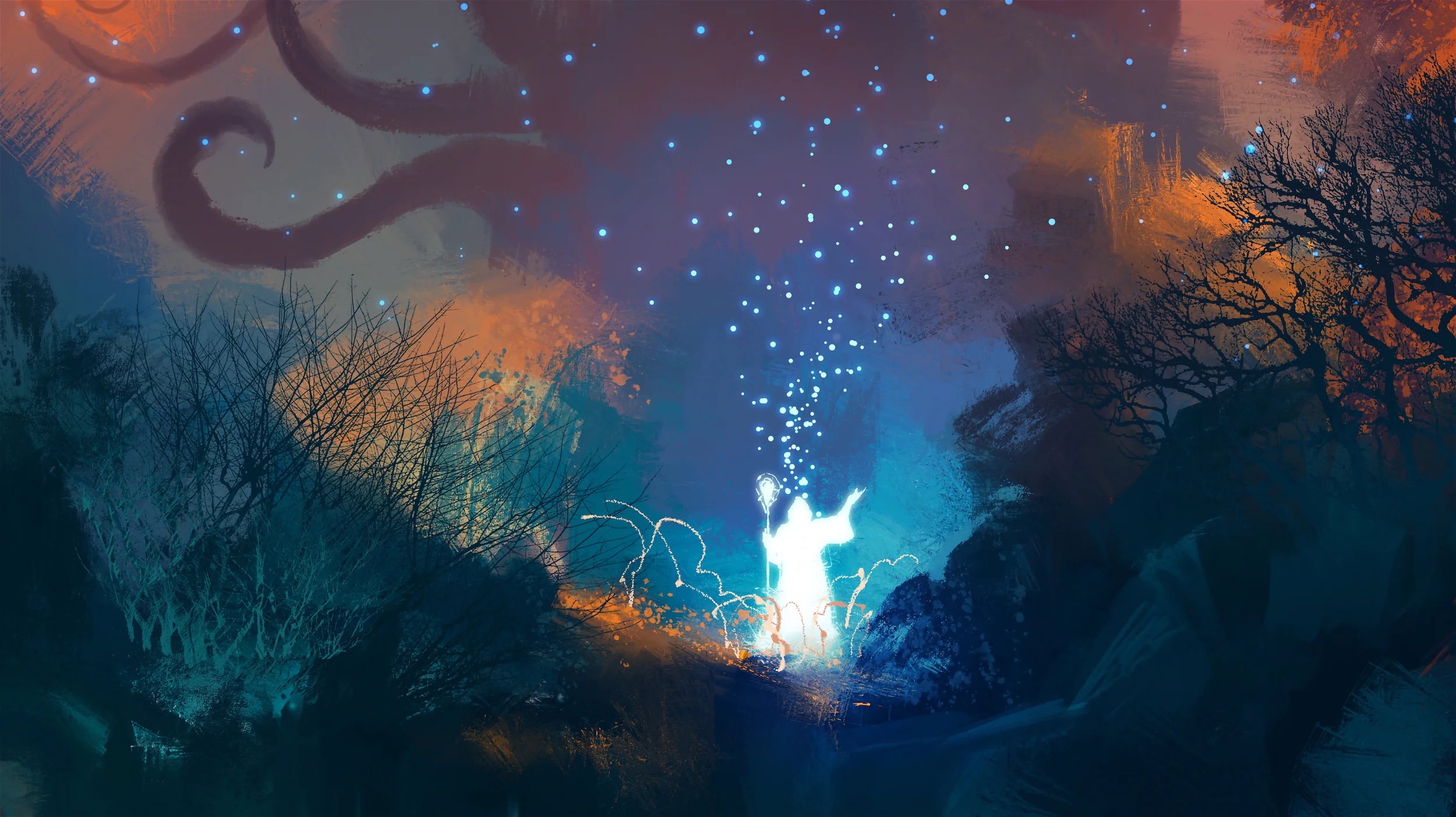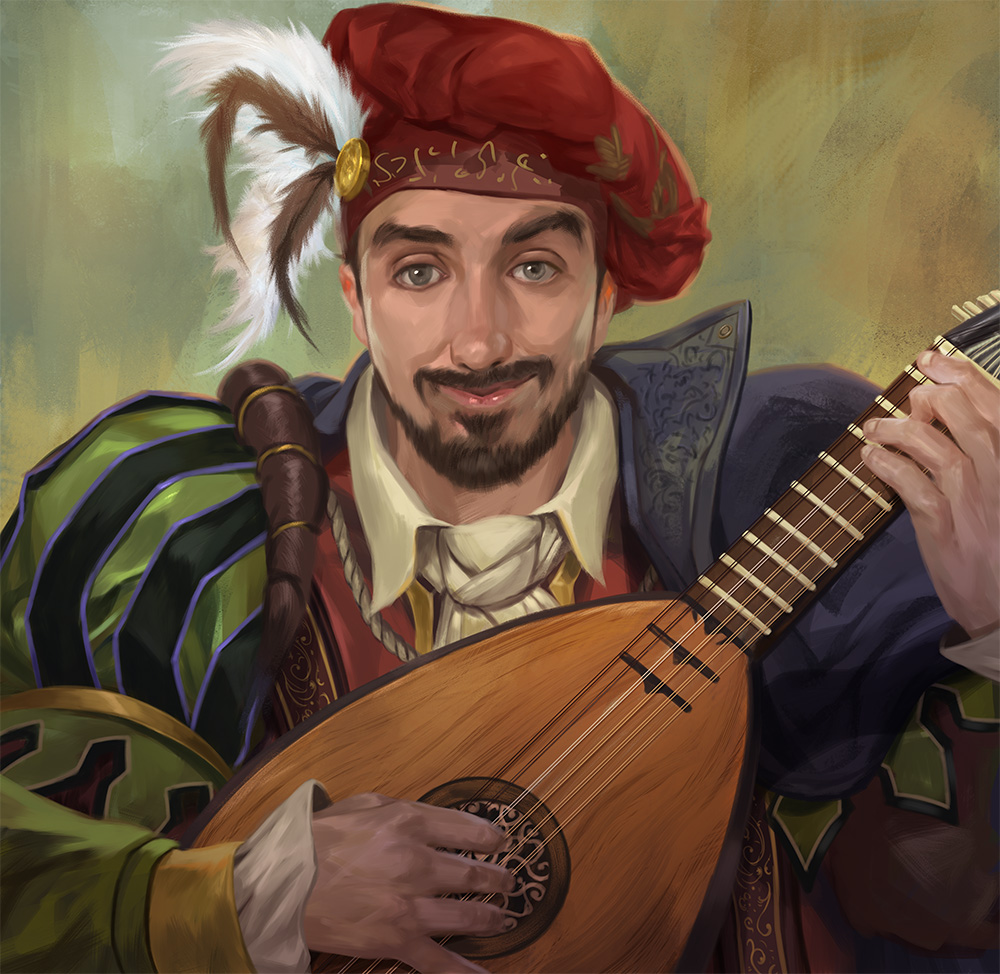The History of the Bearded Wizard

 Joe Nightingale, MBBS, MSc
Joe Nightingale, MBBS, MSc

Picture the quintessential wizard: a wise old man wrapped in a long cloak with a pointy hat and a walking staff. And, of course, their flowing white beards.

Numerous incarnations of this classic wizard have flashed across our screens, from Gandalf and Saruman in the Lord of the Rings to Dumbledore in the world of Harry Potter.But where does this staple figure come from?
As with everything fantasy, it's easy to attribute the bearded wizard to the master of worldbuilding himself. But while Tolkien certainly pioneered the modern wizard, he was merely drawing on the Scandinavian and Anglo-Saxon folklore he so loved.

Of all fictional wizards, few are more definitive than Gandalf. His grey beard and demeanor even lend him his title: the Gray. But Gandalf is in part largely inspired by the Norse god Odin. Indeed, Gandalf is known by some as the gray wanderer, while Odin is notorious for his adventuring. It is from here that Tolkien took the bearded figure, cloaked and staffed.

In his biography of Tolkien, Humphrey Carpenter retells a formative inspiration in the birth of the Gandalfian wizard. While in Germany, Tolkien had acquired a series of postcards from the painter Josef Madlener, depicting an old man sitting on a rock under a pine tree. He has a long white beard and wears a wide-brimmed hat and a long cloak. In short: he was Gandalf before he was named.But this story indicates clearly that Tolkien did not invent the bearded wizard. He inherited it.

Interestingly, however, beards and wizards do not seem to have always been so ubiquitous. The other legendary wizard, Merlin, was rarely shown with a beard in the Middle Ages. Though that may be because he was frequently depicted in his youth. Other wizards and sorcerers are portrayed as bearded, however. Faust, the infamous magus who sold his soul to a devil, was drawn bearded in a 1620 version. Though, in contrast to Merlin, recent depictions have him clean-shaven.

By the 1800s, Merlin was frequently drawn as an elderly man with a long-dropping beard, setting the tone for other wizards to come. The front cover of Mark Twain's Mysterious Stranger in 1916 finally portrays the wizard we all know and love. His conical hat is starred, his robes are long, and his sleeves drooping. And there's that sign of wisdom and acumen: his white cloud-like beard.

In the following few decades, Tolkien and Disney's Fantasia would solidify the trope of the bearded wizard. But as history shows, though today we struggle to imagine a wizard without his trusty chin-locks, it wasn't always so.Nevertheless, it did lead to the wizarding expression of surprise in Harry Potter: Merlin's Beard! That's fascinating.


No comments yet…